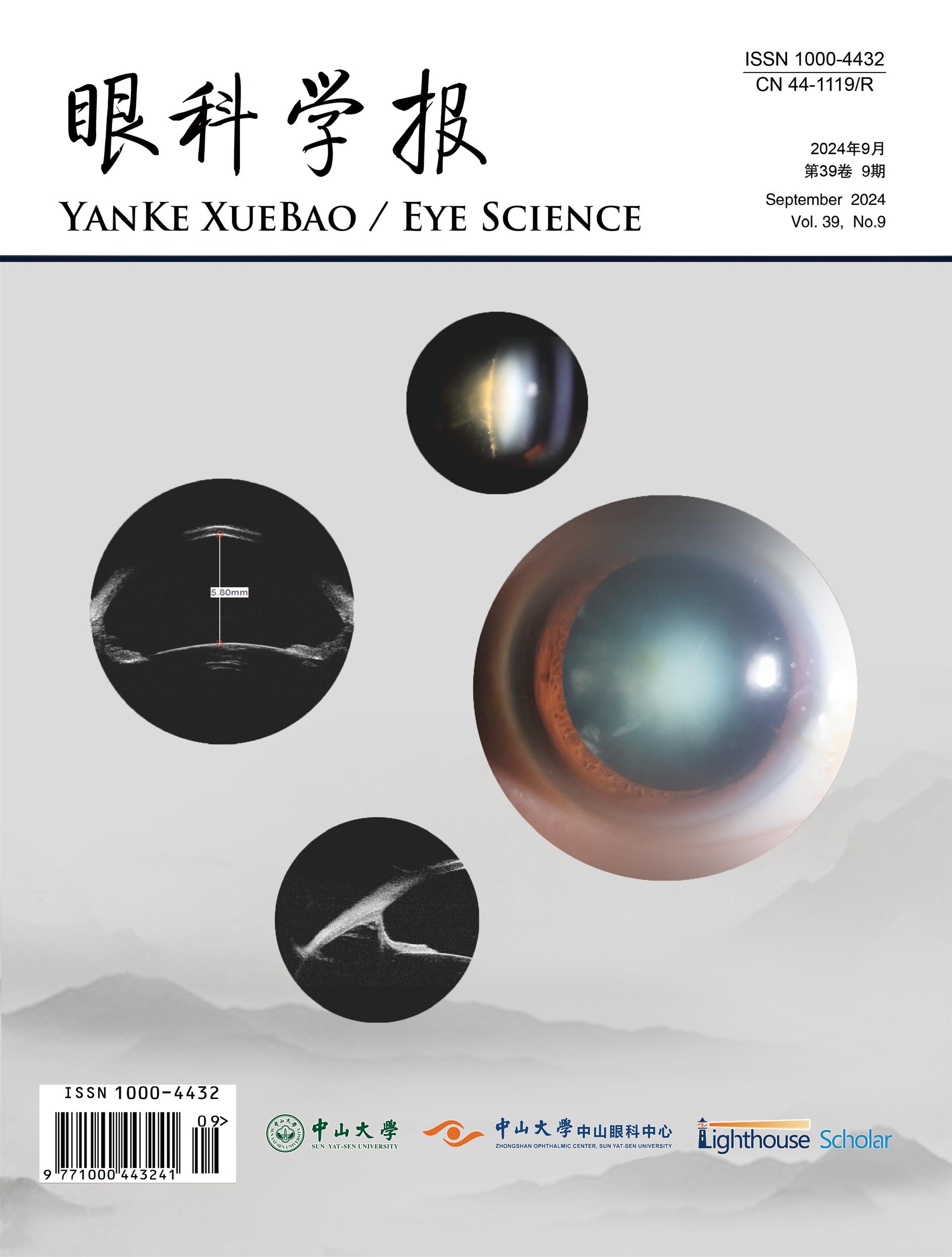The safety and efficacy of modified minimally invasive trabeculectomy for the treatment of primary chronic angle-closure glaucoma.
引用次数: 3
Abstract
BACKGROUND Primary chronic angle-closure glaucoma (PCACG) is one of the main types of glaucoma in China. Trabeculectomy is the most commonly used glaucoma filtration surgery for glaucoma in the world. Conventional trabeculectomy is prone to anesthesia-related complications intraoperative and operation-related complications postoperative in PCACG treatment. Modified minimally invasive trabeculectomy maybe can reduce the incidence of complications. METHODS We conducted a prospective case series study and performed modified fornix-based trabeculectomy in 27 patients (30 eyes) under topical anesthesia; we then observed intraoperative anesthesia and cooperation effect, intraoperative and postoperative complications, preoperative and postoperative visual acuity, intraocular pressure (IOP), visual field, and the use of ocular hypotensive drugs. The patients were followed up for at least 12 months. RESULTS All operations were completed successfully with no intraoperative complications. All 27 patients (30 eyes) were followed up for at least 12 months. No significant decrease in visual acuity was observed at days 1 or 7 and at months 1, 3, 6, and 12 after operation; however, a significant decrease in IOP was observed at days 1 and 7 and at months 1, 3, 6, and 12 after operation. Moreover, no significant progression in visual field mean defect was observed at month 12 after operation, and the number of ocular hypotensive drugs required was significantly reduced at months 6 and 12 after operation. By month 12 after operation, the overall success rate was 93.33% (28/30). CONCLUSIONS Modified minimally invasive trabeculectomy is safe and effective for the treatment of PCACG.改良微创小梁切除术治疗原发性慢性闭角型青光眼的安全性和有效性。
背景原发性慢性闭角型青光眼(PCACG)是中国青光眼的主要类型之一。小梁切除术是世界上治疗青光眼最常用的青光眼滤过手术。常规小梁切除术在PCACG治疗中容易出现术中麻醉相关并发症和术后手术相关并发症。改良微创小梁切除术可以减少并发症的发生。方法进行前瞻性病例系列研究,在表面麻醉下对27例(30眼)患者行改良的穹窿型小梁切除术;观察术中麻醉及配合效果、术中术后并发症、术前术后视力、眼压(IOP)、视野、降压药物使用情况。患者随访至少12个月。结果所有手术均顺利完成,无术中并发症。27例患者(30只眼)均随访至少12个月。术后第1、7天及第1、3、6、12个月视力均未见明显下降;然而,术后第1天和第7天以及第1、3、6和12个月的IOP明显下降。术后12个月视野平均缺损无明显进展,术后6、12个月降压药用量均明显减少。术后12个月,总成功率为93.33%(28/30)。结论改良微创小梁切除术是治疗pacg安全有效的方法。
本文章由计算机程序翻译,如有差异,请以英文原文为准。
求助全文
约1分钟内获得全文
求助全文
来源期刊
自引率
0.00%
发文量
1312
期刊介绍:
Eye science was founded in 1985. It is a national medical journal supervised by the Ministry of Education of the People's Republic of China, sponsored by Sun Yat-sen University, and hosted by Sun Yat-sen University Zhongshan Eye Center (in October 2020, it was changed from a quarterly to a monthly, with the publication number: ISSN: 1000-4432; CN: 44-1119/R). It is edited by Ge Jian, former dean of Sun Yat-sen University Zhongshan Eye Center, Liu Yizhi, director and dean of Sun Yat-sen University Zhongshan Eye Center, and Lin Haotian, deputy director of Sun Yat-sen University Zhongshan Eye Center, as executive editor. It mainly reports on new developments and trends in the field of ophthalmology at home and abroad, focusing on basic research in ophthalmology, clinical experience, and theoretical knowledge and technical operations related to epidemiology. It has been included in important databases at home and abroad, such as Chemical Abstract (CA), China Journal Full-text Database (CNKI), China Core Journals (Selection) Database (Wanfang), and Chinese Science and Technology Journal Database (VIP).

 求助内容:
求助内容: 应助结果提醒方式:
应助结果提醒方式:


